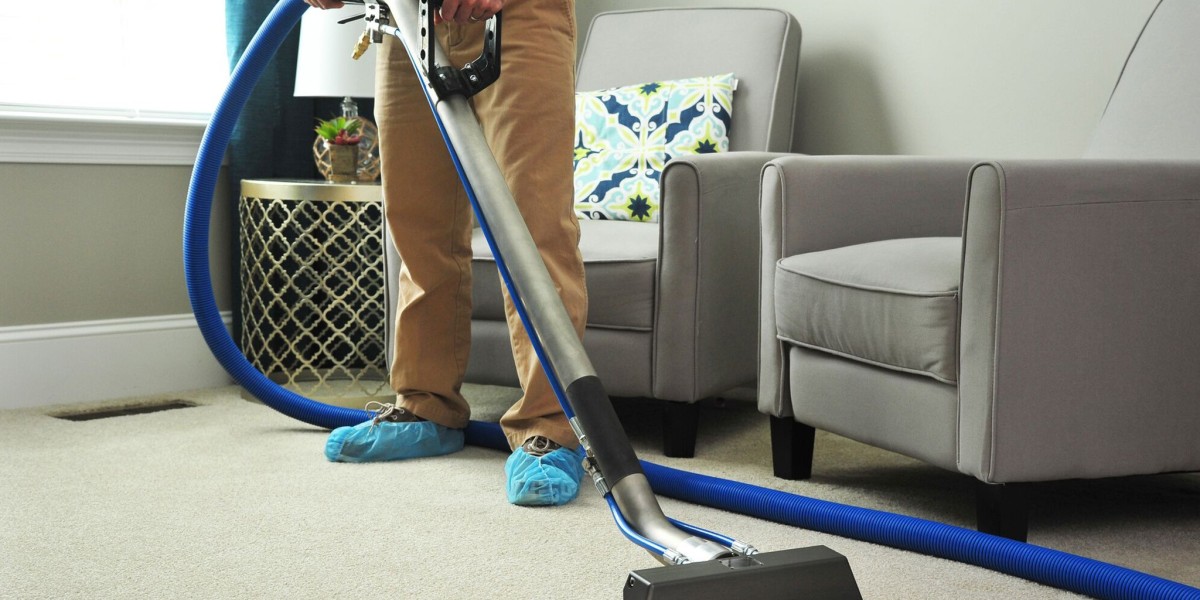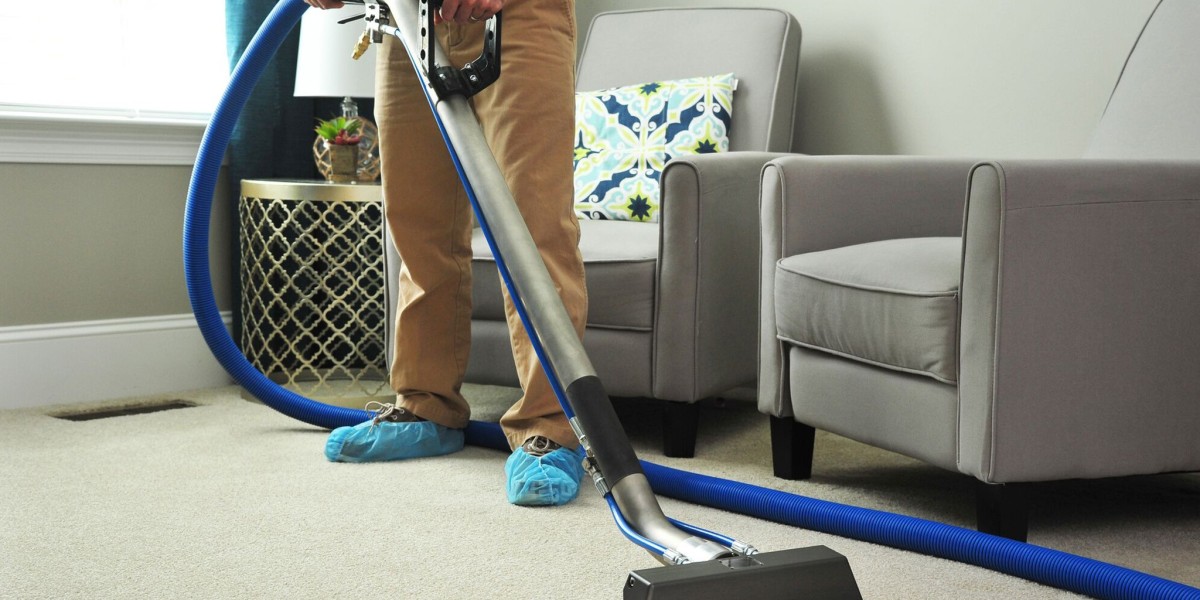Risk in construction rarely arrives as a single dramatic event. It accumulates through small oversights: an untagged family, a missed repeat, a late design tweak. The sensible response is prevention, not firefighting. Pairing thoughtful BIM Modeling Services with disciplined Construction Estimating Services reduces those creeping risks by making quantities auditable, changes visible, and assumptions explicit. The aim is simple: surface uncertainty early and manage what remains with clear evidence.
Catch problems when they’re cheap.
The difference between fixing something in the model and correcting it on site is enormous. A clash found in a 3D model avoids demolition, rework, and schedule disruption. Good BIM Modeling Services prioritize the attributes that estimators need — material, unit, finish, and location — so quantity takeoffs become queries rather than guesswork. When the estimator receives a conditioned extract, the first job is verification, not reconstruction. That shifts the project’s early energy toward solving real issues, not chasing missing counts.
A short workflow that reduces exposure
Risk drops when you repeat a short, clear process everyone understands.
Agree Level of Detail (LOD) and mandatory parameters at kickoff.
Use a one-page naming and tagging guide attached to every handover.
Run a pilot extract on a representative floor or zone.
Condition the QTO and map families to cost codes.
Apply dated unit rates and lock a procurement baseline.
The pilot extract is the highest-return step: it reveals missing tags and naming mismatches while fixes are cheap. Do this routinely, and the model becomes a risk-control tool rather than an afterthought.
Traceability makes disputes shorter.
One underrated benefit of linking the model and the estimate is traceability. When each priced line in Construction Estimating Services points to a model object and a dated rate, conversations change. Instead of arguing, stakeholders review the model view and the cost source. That evidence-based approach shortens clarifications, speeds approvals, and reduces the likelihood of unresolved claims making their way into change orders.
Keep a short assumptions log with each estimate — productivity rates, exclusions, and any access constraints. Paired with a versioned model snapshot and rate provenance, that log turns a number into a defensible position.
Scenario testing as risk management
Risk management often looks like contingency padding. There’s a better way: targeted testing. When BIM Modeling Services provide reliable extracts, you can test alternatives quickly. Change a façade system, switch a floor finish, or reroute an MEP spine; update the model and re-extract quantities. That iteration shows cost, schedule, and logistical impacts in hours rather than days.
Scenario testing reveals where uncertainty truly lies. Instead of hiding contingency across the whole budget, hold it where the model exposes unknowns. That targeted approach protects margin without needlessly inflating the price.
Practical checks that prevent most errors
Most estimating headaches come from the same handful of problems. Fix these, and the workflow behaves.
Enforce consistent family naming and shared parameters across disciplines.
Require a minimal parameter gate: material, unit, and finish must be present.
Store versioned model snapshots in a common data environment.
Compare pilot extracts with a brief manual sample before full QTO.
Keep a dated price library with source notes for each rate.
These items are governance, not expensive tools. They cost little to run and prevent the repeated cleanups that cost days of estimator time.
Mapping model output into commercial reality
Raw model exports rarely match an estimating team’s cost structure out of the box. Maintain a living mapping table that converts model vocabulary into your work breakdown structure:
model family/type → WBS/cost code → procurement unit
Use a lightweight conditioning step — usually a spreadsheet or small script — to normalize exports before importing into estimating software. When BIM Modeling Services and Construction Estimating Services share the same mapping, handoffs become predictable and fast, and the number of conditioning iterations falls sharply.
Procurement and schedule alignment reduce on-site risk.
A clean, time-phased takeoff turns procurement from reactive to planned. Buyers receive quantities by milestone and can stage orders to align with site readiness. The result is fewer emergency orders, less on-site congestion, and reduced holding costs. Flagging long-lead items in the model during early estimating is a simple habit that prevents many procurement-driven delays.
People, not tools, remain the safety net.
Models improve mechanical accuracy; people apply context. A model cannot sense a nearby festival that will delay delivery, nor a local labor quirk that affects productivity. That is where experienced Construction Estimating Services teams add value: translating model outputs into realistic work plans, adjusting productivity, and planning logistics. Combine model-derived counts with seasoned judgment, and you get estimates that are both fast and buildable.
Metrics that show risk is falling.
Track a few clear metrics to prove improvement during pilots:
Hours per takeoff (before vs after model adoption).
Number of conditioning iterations per QTO.
Variance between the estimate and procured quantities.
Frequency and value of scope-related change orders.
Positive movement in these indicators signals that BIM Modeling Services and Construction Estimating Services are lowering exposure and improving predictability.
Start a low-risk pilot and iterate.
Begin with a representative floor or a repeatable trade. Share the one-page naming guide, run a pilot extract, compare it with a manual takeoff, fix gaps, and update your mapping table. Small pilots build trust and create templates you can scale without disrupting live tenders.
Conclusion
Risk in construction compounds quietly; prevention is mostly a matter of discipline. When BIM Modeling Services produce clean, versioned models and Construction Estimating Services consume those models through a short, repeatable workflow, projects become easier to defend. Surface issues early, map outputs into commercial terms, and let experienced estimators add context — do that, and the small leaks that sink schedules and margins stop becoming problems.






